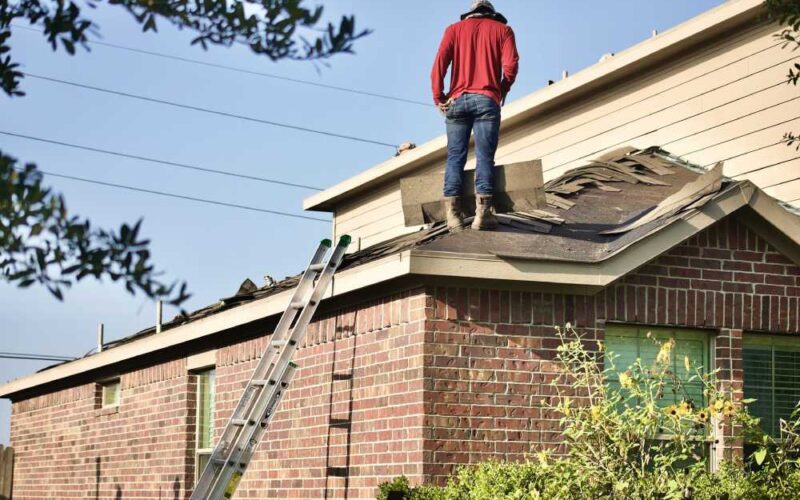The roof is a crucial element of any building, but not all roofs are created equal. Commercial and residential roofing have different requirements for materials, design, and installation processes.
Commercial roofs are typically flat or low-sloped to prioritize space utilization and accommodate equipment like HVAC systems. They also require regular inspections and maintenance.
Material
The materials used for roofing are essential for both residential and commercial buildings. Insulation, ventilation, and drainage systems are necessary for commercial roofing to control temperature, improve air quality, and prevent water damage.
On the other hand, residential roofs are constructed with aesthetics and curb appeal in mind. They come in various styles like gable, hip, and mansard to add character to the home while efficiently managing environmental elements. Different materials are used for residential roofs, such as asphalt shingles, clay tiles, and metal sheets.
Design
The primary function of commercial and residential roofing is to protect the structure and its occupants from rain, snow, hail, and other weather elements. That’s why they both have to meet standards and requirements for safety, efficiency, and functionality.
Compared to residential roofs, commercial ones often feature flat or low-slope layouts that accommodate HVAC units and other equipment on the rooftop. They also prioritize energy efficiency with options like reflective coatings and green roofs.
In terms of design, residential roofs can be built in many styles and designs based on a homeowner’s preference. Visually appealing materials can be used to construct these, adding curb appeal to the home.
However, they must adhere to strict safety and building codes that require specialized tools and protection equipment during installation. Commercial buildings must also adhere to stringent regulations on load capacity and weight capacities. It requires more extensive structural reinforcements and specialized drainage systems.
Installation
Residential roofing is typically a more minor operation. This is mainly because homeowners are often concerned with curbside appeal and maintaining a uniform look. Homeowners also tend to have HOA rules to abide by, which can impact the color of their roofs.
Commercial roofs are usually low-sloped or flat, as they maximize usable space inside the building and house equipment like heating and cooling systems. They are designed to withstand higher weight capacities and often require more routine inspections and maintenance.
Unlike shingles, typical for many residential roofs, commercial roofs are constructed using various materials. These can range from rubber to single-ply membranes. Installation of commercial roofs requires careful planning and specialized equipment due to their extensive and complex nature.
This is why commercial roofing can be more expensive than residential roofing. But it’s important to remember that a commercial project may be more time-consuming, especially if you’re working with a tight deadline.
Maintenance
Commercial roofs protect offices, warehouses, and other commercial establishments. They are usually larger than residential roofs and are designed with different features and materials. They are also constructed to support additional loads like HVAC units and ductwork.
They may be low-sloped or completely flat, depending on the purpose of the structure and its location. They must be solid and durable enough to withstand heavy weather conditions. Commercial roofs must also be well-designed, especially with a large surface area. They must provide ample room for air vents, skylights, and other fixtures.
Regarding maintenance, residential and commercial roofs require routine inspections to ensure they are in good condition. They can also incorporate solar panels and cool roofs that reflect the sun’s rays to reduce energy consumption.
However, residential roofs are typically easier to maintain because they have steep slopes that make it easier to check for damage and clean gutters. On the other hand, commercial roofs are more challenging to inspect and maintain because of their size and design.

